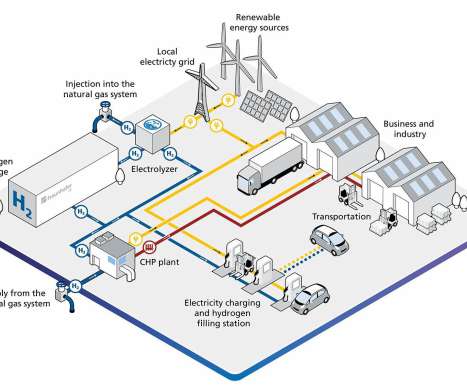Fraunhofer IFF team designing hydrogen factory of the future
Green Car Congress
APRIL 11, 2020
The hydrogen produced during electrolysis can be injected into the gas grid, used as fuel, converted into methane or methanol, and made available as industrial feedstock. They are employing a special microbial fermentation process similar to biogas production to produce hydrogen directly from organic waste.























Let's personalize your content